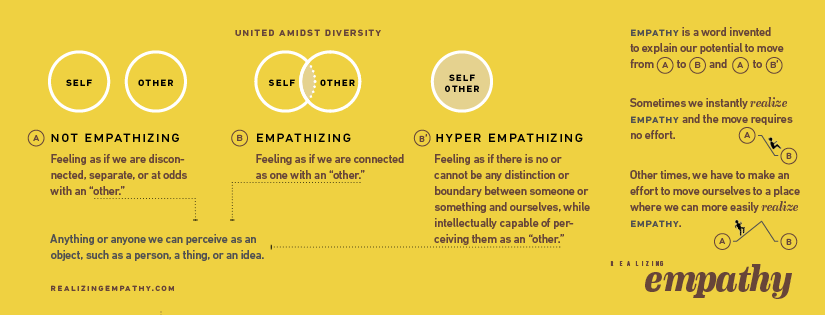“I overreacted today.”
said the CEO.
I waited.
“They think
I’m a bad leader.” he continued.
I waited.
“They think
I’m toxic.” he continued.
“I don’t know
why I cannot control this.”
he lamented.
“How could others support you
so that you won’t overreact?”
I asked
finally.
“I don’t know.”
he replied.
“What do you not
want?”
I asked again.
“I want them
to stop saying why my ideas
are bad.”
he said.
“Do you want them
to say your ideas
are good?”
I asked.
“No,
of course not.”
he said.
“What do you want?”
I asked again.
“I…
I just want them
to listen.”
he said,
finally.
